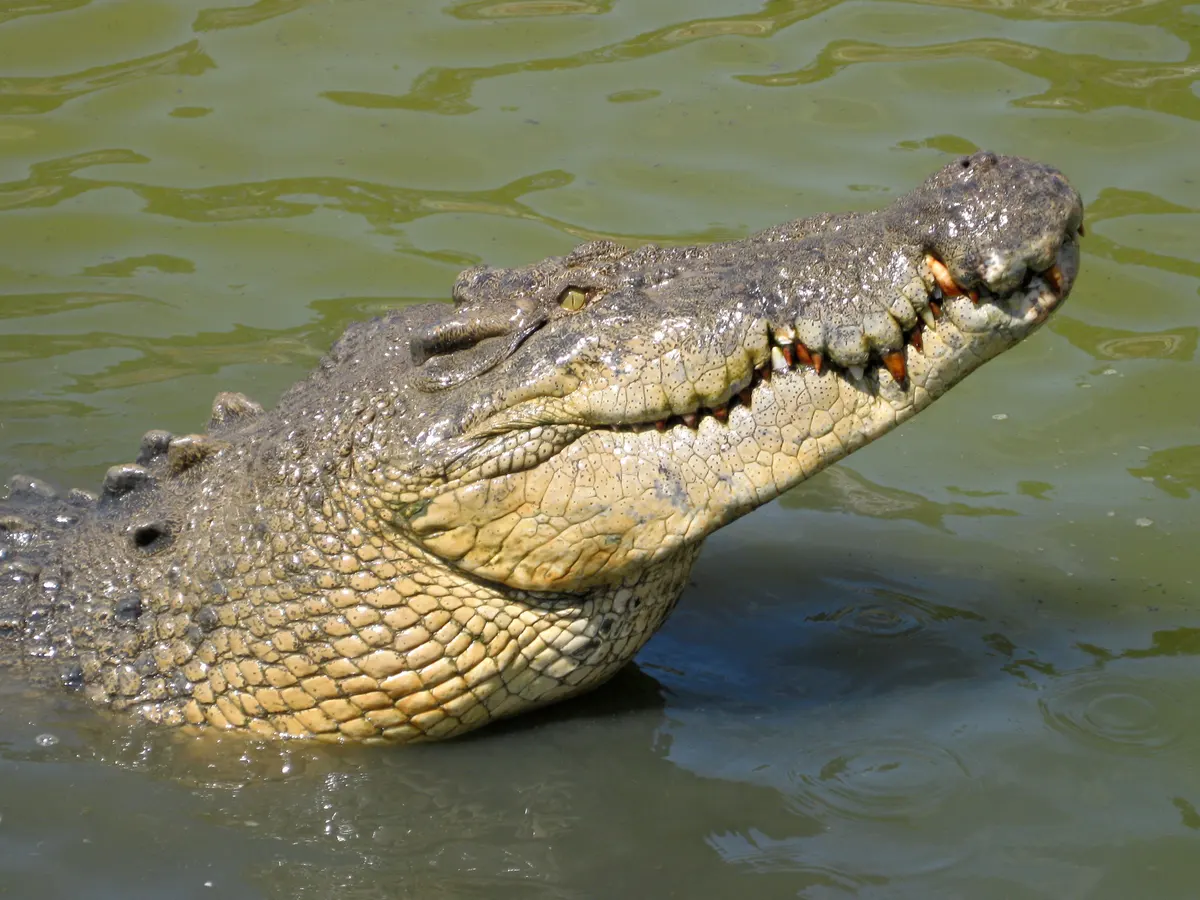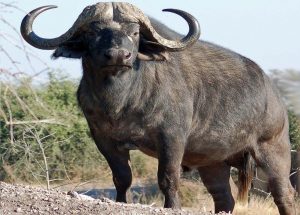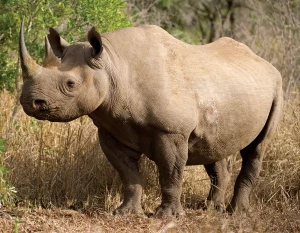When the sun begins to heat up mercilessly and it gets too hot, the crocodiles open their jaws wide to cool down. It is then that the birds, attracted by the leftover food and parasites swarming inside, fearlessly enter through the open jaws to peck at their favourite food. Curiously, one of the most formidable predators on our planet never attempts to catch a feeding bird.
General characteristics
The body, tail and legs of crocodiles are covered with hard skin, which is formed like an ossified plate. Crocodiles can be between 2 and 7 m long, depending on the species, and can weigh up to 1,000 kg. Larger crocodiles exist in the wild and can weigh more than 2 tonnes.
Today, the family can be divided into true crocodiles, alligators and gavials. However, their anatomy is similar, which is manifested, among other things, in their maximum adaptability to living in water. For example, crocodiles have a flattened torso, a flat head with a long snout and short legs. The front legs have five toes and the hind legs have four toes that are connected by webbing. Crocodiles have nostrils on the top of their heads that allow them to dive and breathe while observing their surroundings. They have highly developed night vision and their ears and nostrils are covered by folds of skin.
Although crocodiles are cold-blooded, they are able to adapt to temperature conditions through muscle tension.
The tail of crocodiles is large and serves several functions: for reptiles, the tail is at once a motor, a rudder and a thermoregulator.
Crocodiles are mostly black, muddy brown, olive or grey in colour. This colouring helps to create a natural camouflage and to remain invisible.
Albino crocodiles are sometimes found, but they cannot live in natural habitats for long.
Crocodiles have a rather unusual respiratory system. They have large lungs that hold large amounts of air, which helps them hold their breath for long periods of time.
The diaphragm, composed of connective tissue, can affect the movement of internal organs longitudinally, causing the centre of gravity to shift to provide a proper body position in an aquatic environment. The nasopharynx is also separated from the oral cavity by a secondary bony palate, which allows crocodilians to keep their mouths open underwater while still breathing with their nostrils positioned above the water surface.
Where do crocodiles live?
Crocodiles are considered a fairly common family, and are found everywhere except Europe and Antarctica. These reptiles prefer the tropics and subtropics. Most species live in fresh water, although some crocodiles like salt water.
Almost all species inhabit rivers and small lakes with little current, with the exception of the crested crocodile. Mississippi alligators also prefer to live in impenetrable wetlands.
In Australia and Oceania, basking crocodiles are able to swim through the straits of the sea to reach different islands. Although their natural habitat is marine lagoons, these reptiles can also be found offshore, up to 500 km from land.
Breeding
Considering that crocodiles live from 50 to 110 years, they reach sexual maturity quite early: at 8 to 10 years of age. Crocodiles are polygamous animals: the male can have a harem of twelve females.
The female does not give birth, but lays eggs (about fifty eggs per night). To do this, she goes to the shore and digs a hole, the size of which depends on the light: deeper in the sun, shallower in the shade, and then covers them with sand or leaves. The eggs take about three months to hatch. All this time the female spends near them, without going anywhere and without eating.
Exactly who will hatch depends largely on the air temperature: if the temperature exceeds 32 degrees Celsius, the male will hatch, and from 28 to 30 degrees Celsius the female will hatch. Before breaking the shell, one or the other small crocodile starts to emit grunts. For the female this is a signal and she first digs them up and then rolls them into her mouth to release the hatchlings.
The emerging crocodiles are small: only 28 centimeters long. Each time, the mother collects about two dozen hatchlings in her mouth and moves them to a smaller pond, where they spend about eight weeks, after which they disperse into the surrounding area in search of ponds unoccupied by other crocodiles. As a result, crocodile mortality is very high; many are eaten by birds, monitor lizards and other predators. Those that survive, as they mature, feed first on insects, then begin to catch frogs and fish from ponds, and from the age of ten they begin to hunt large vertebrates.
You may also like:



